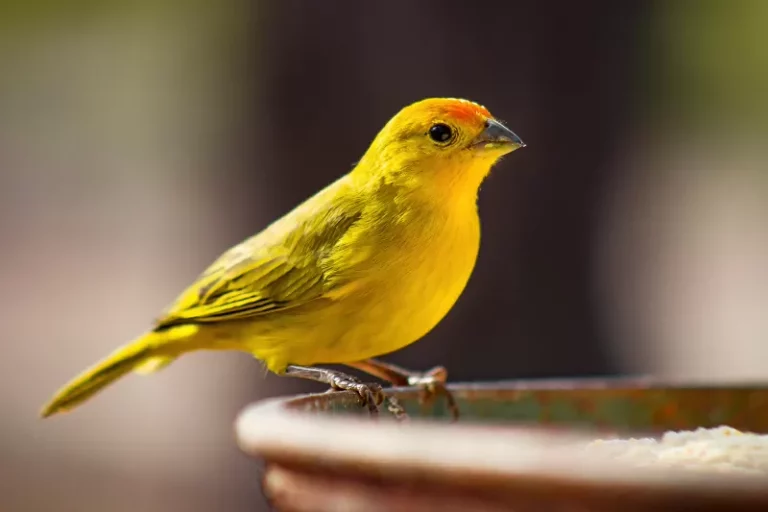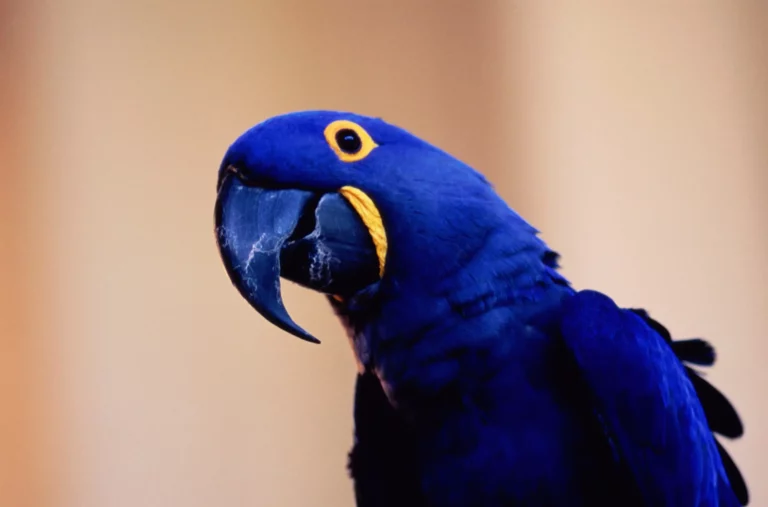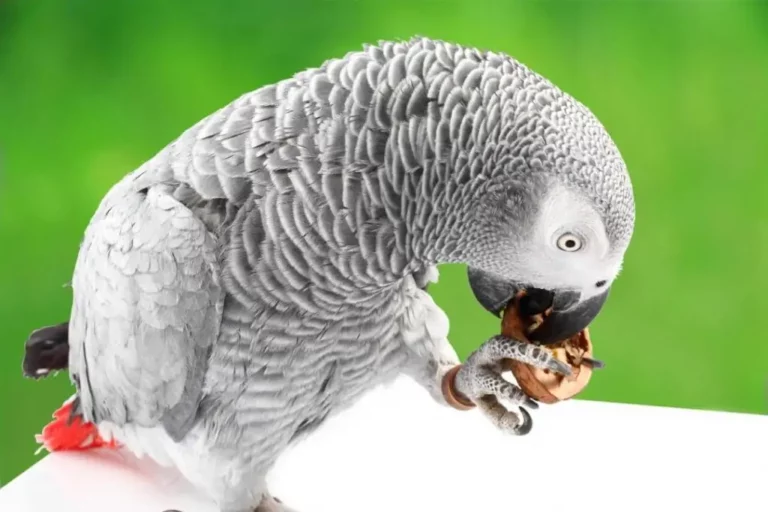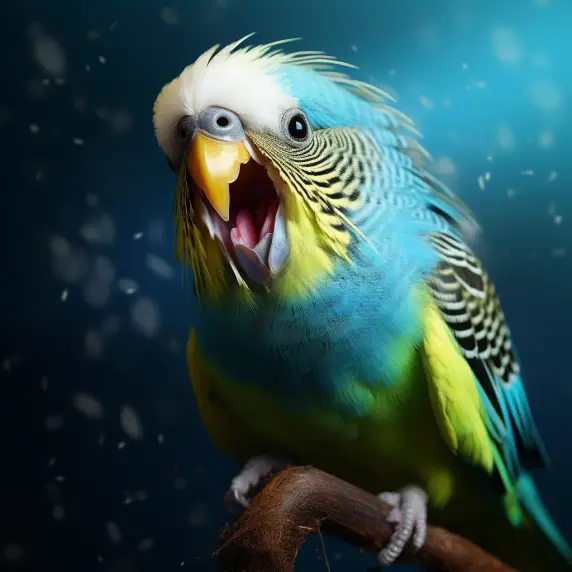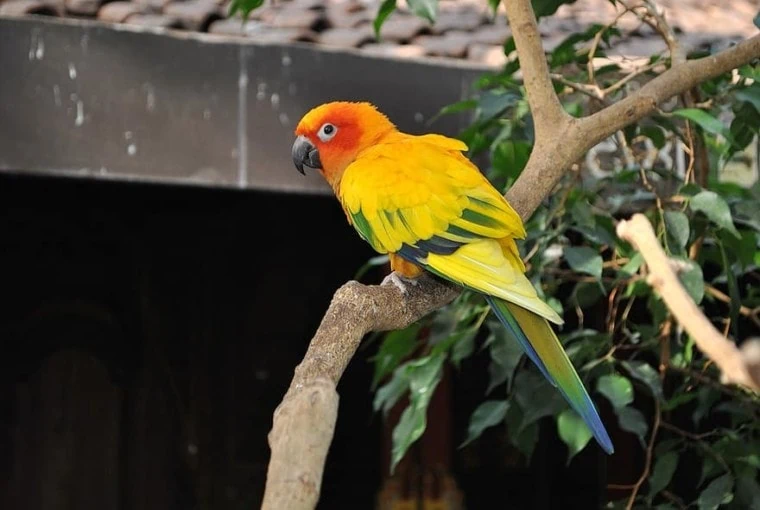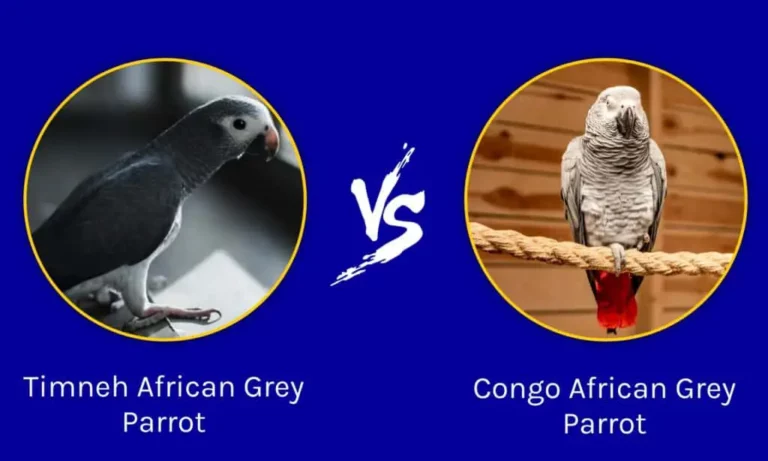What Is the Easiest Bird to Take Care of: Low-Maintenance Pet Birds
If you’re a first-time bird owner looking for the perfect low-maintenance pet bird, this blog post will guide you through the easiest birds to take care of. Let’s dive in and find the right bird for you!
Key Takeaways
Top easy-to-care-for birds: Budgerigars, Canaries, Finches, Cockatiels, and Lovebirds.
Some pet birds require less care and attention than others.
Factors to consider: lifespan, size, diet, and temperament.
Top 5 Low-Maintenance Birds: The Easiest Bird to Take Care of for Beginners!
Finding the easiest bird to take care of is essential for first-time bird owners. Here’s a list of the top five low-maintenance bird species that are perfect for beginners:
1. Budgerigars (Budgies)
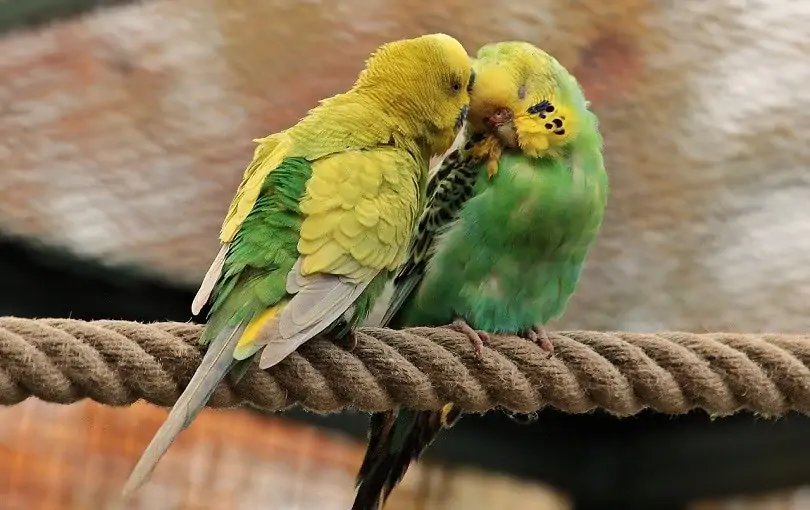
- Small size: Budgerigars, also known as Parakeets, are small birds that are easy to house and care for.
- Social and intelligent: They are known for their friendly and intelligent nature, making them great companions.
- Low cost and minimal space requirements: These birds are relatively inexpensive to maintain and don’t require a large cage or living space.
2. Cockatiels
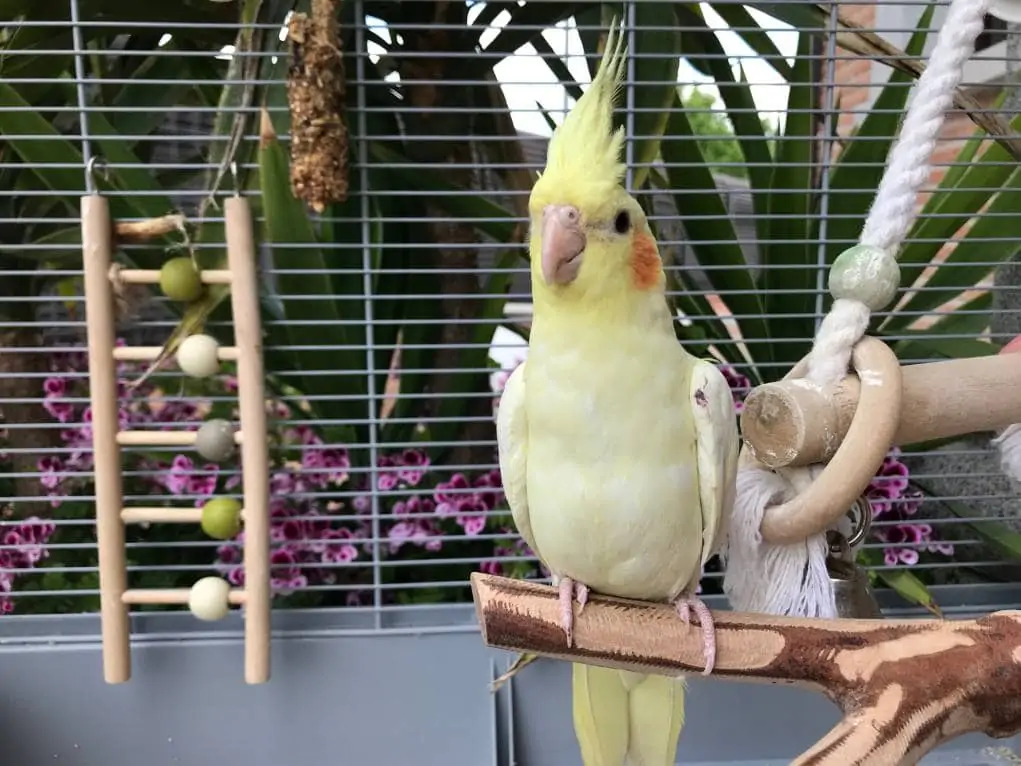
- Affectionate and friendly: Cockatiels are known for their sweet and gentle nature, making them a great choice for families.
- Suitable for families: These birds are comfortable around children and can be a wonderful addition to a family home.
- Require more space but still low-maintenance: Cockatiels are a bit larger than some other low-maintenance options, but they are still relatively easy to care for and don’t demand too much attention.
3. Finches
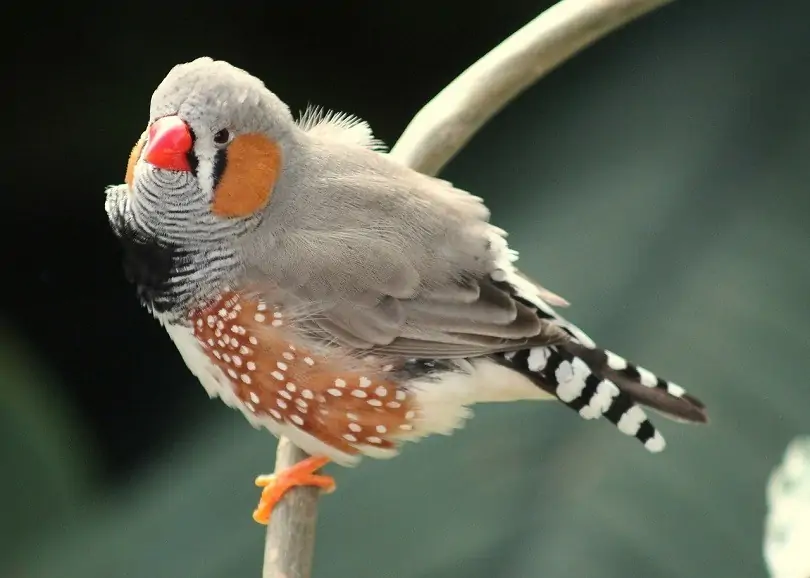
Size and characteristics
- Tiny and active: Finches are small, energetic birds that are entertaining to watch as they flit around their cage.
- Best kept in pairs or small groups: Finches thrive when they have companions, so consider getting a pair or small group to keep them happy.
- Low demand for human interaction: These birds are more focused on their feathered friends than human companionship, making them an easy-to-care-for choice.
4. Canaries
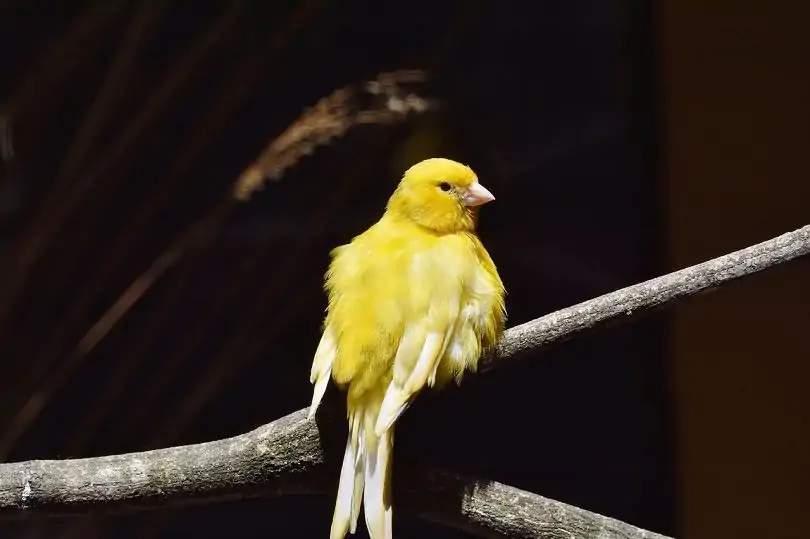
- Beautiful singers: Canaries are known for their melodious songs, adding a lovely ambiance to your home.
- Prefer to be solo pets: Unlike many other bird species, Canaries don’t require a companion, as they’re content being the only bird in the household.
- Low social interaction needs: These birds are relatively independent and don’t need much social interaction, making them ideal for busy households.
5. Lovebirds
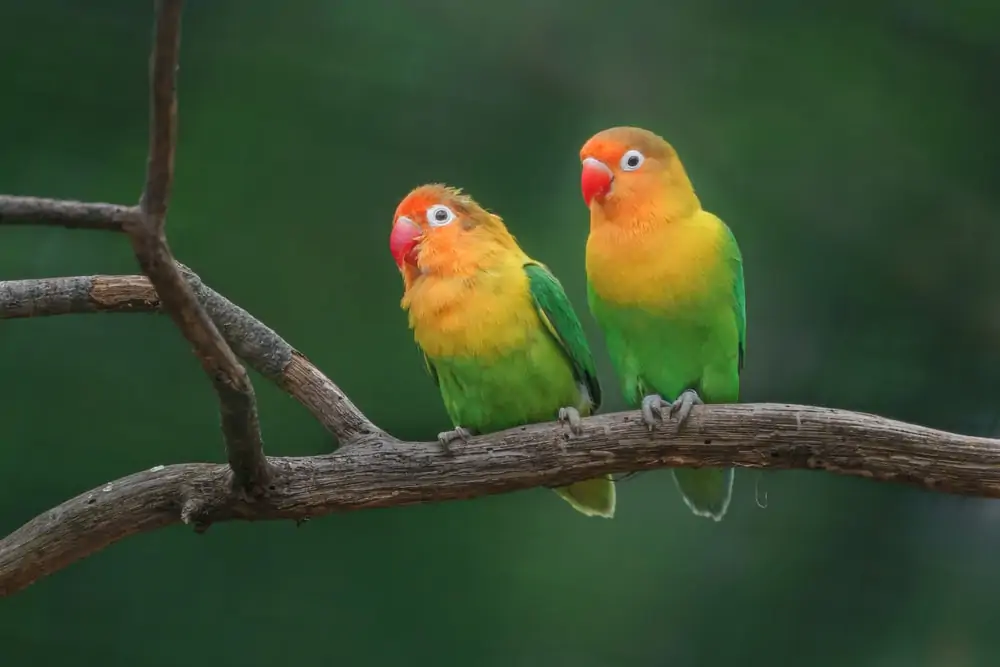
- Vibrant and energetic: Lovebirds are small, brightly-colored birds that are full of energy and personality.
- Bond strongly with their owners: These birds tend to form strong bonds with their human caretakers and appreciate regular interaction.
- Best kept in pairs for companionship: Lovebirds thrive when they have a companion of the same species, so consider getting a pair to keep them content.
Each of these bird species has unique characteristics that make them well-suited for beginners looking for a low-maintenance pet. Consider your personal preferences and lifestyle when deciding which bird is the right fit for you.
Factors to Consider When Choosing a Low-Maintenance Bird
When looking for the easiest bird to take care of, it’s essential to consider various factors that will influence your experience as a bird owner. Here are four key aspects to keep in mind:
Lifespan
- Long-term commitment: Some birds have longer lifespans than others, with some living over 20 years. Consider whether you’re prepared to make a long-term commitment to care for your bird.
- Species variation: Research the average lifespan of the bird species you’re interested in to ensure you’re comfortable with the commitment required.
Size
- Space requirements: Smaller birds generally need less space and are easier to house, while larger birds may require more room and specialized care.
- Ease of handling: Smaller birds are often easier to handle and manage for first-time bird owners.
Diet
- Simplicity: Birds with simple dietary needs are easier to care for, as they require less effort in terms of meal preparation and variety.
- Species-specific needs: Make sure to research the dietary requirements of the bird species you’re considering, as some may have unique needs that can affect the ease of care.
Temperament
- Independence vs. social needs: Some birds are more independent and require less interaction, while others crave attention and socialization. Choose a bird that suits your lifestyle and the level of interaction you can provide.
- Compatibility with other pets: If you have other pets, consider the temperament of the bird species you’re interested in and how it might interact with your existing pets.
Taking the time to assess these factors will help you make an informed decision when choosing the easiest bird to take care of, ensuring a positive experience for both you and your new feathered friend.
Benefits of Low Low-Maintenance Pet Birds
There are several benefits to owning a low-maintenance pet bird, which can enhance your life and make pet ownership a positive experience. These benefits include:
- Reduced stress: With fewer demands on your time, you can enjoy the company of your pet bird without feeling overwhelmed by their care requirements.
- Lower noise levels: Low-maintenance birds are generally quieter than more demanding species, meaning they are less likely to disturb you or your neighbors.
- Cost-effectiveness: Lower-maintenance birds often have simpler dietary and housing needs, leading to lower overall costs associated with their care.
- Compatibility with busy schedules: The ability to leave a low-maintenance bird alone for extended periods without negatively impacting their well-being allows you to accommodate your busy lifestyle without compromising the quality of care you provide.
The Traits of Low-Maintenance Pet Birds
Minimal noise levels
One of the key traits of low-maintenance birds is their relatively low noise levels. While all birds communicate through vocalizations, some species are more vocal and louder than others. Low-maintenance birds tend to have softer, less intrusive sounds, which makes them ideal for apartment dwellers or those who prefer a quieter living environment.
Independent nature
Another trait of low-maintenance birds is their independence. These birds can entertain themselves and are less reliant on human interaction for mental stimulation. While they may enjoy some occasional interaction, they don’t require extensive socialization or bonding time. This means they can be left alone for longer periods without suffering from loneliness or boredom.
Easy dietary requirements
Low-maintenance birds typically have simpler dietary requirements compared to more demanding species. They may have a primary diet of seeds, pellets, or a combination of both, with the occasional addition of fruits and vegetables as treats. This makes their feeding routine more manageable and reduces the time and effort required to plan and prepare their meals.
Limited need for social interaction
Although all pet birds require some level of social interaction, low-maintenance birds need less of it than their more demanding counterparts. They are less likely to suffer from separation anxiety or develop behavioral issues due to lack of attention. However, it’s still essential to provide your low-maintenance bird with a comfortable and stimulating environment to ensure their well-being.
By understanding these key traits of low-maintenance pet birds, you can better decide which species would be best suited to your lifestyle and needs. In the following section, we’ll introduce some of the top low-maintenance bird species to consider as your next pet.
Frequently Asked Questions
Are low-maintenance birds suitable for children?
Yes, low-maintenance birds like Budgerigars and Cockatiels are suitable for children, as they have friendly temperaments and are easy to care for.
How much time should I spend with my low-maintenance bird?
The time you spend with your bird depends on the species. Canaries and Finches prefer less interaction, while Budgerigars and Lovebirds enjoy more socialization.
Can I keep more than one low-maintenance bird together?
Yes, many low-maintenance birds, like Finches and Lovebirds, thrive when kept in pairs or small groups. Make sure you have adequate space and research compatibility before introducing new birds.
What should I consider when setting up a birdcage for a low-maintenance bird?
Ensure the cage is an appropriate size, well-ventilated, and easy to clean. Provide perches, toys, and hiding spots to meet your bird’s needs.
Can low-maintenance birds learn tricks or talk?
Some low-maintenance birds, like Budgerigars, are known for their ability to mimic speech and learn simple tricks. However, this varies among species.
Conclusion
Now that you have a better understanding of the easiest birds to take care of, you can confidently choose a feathered friend that suits your lifestyle. Remember to consider factors like lifespan, size, diet, and temperament when making your decision. Happy bird-keeping!

